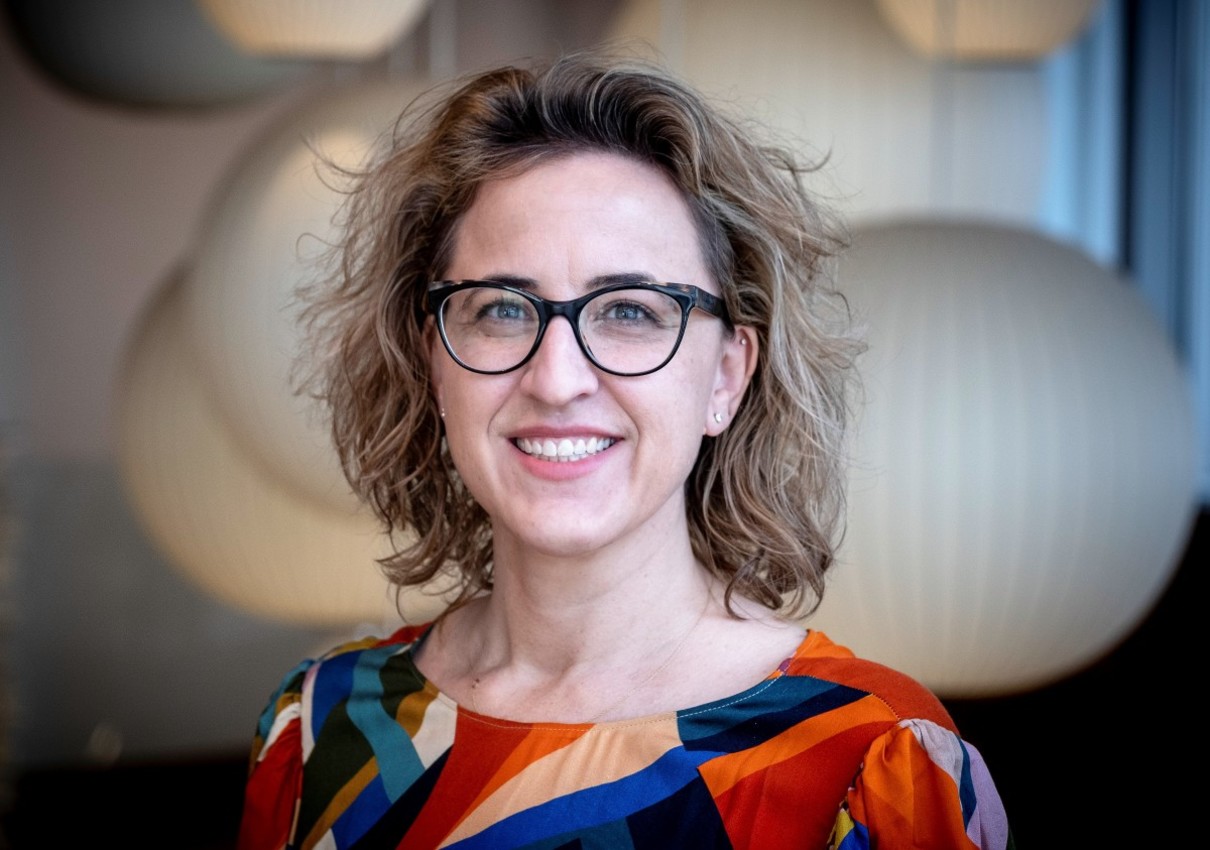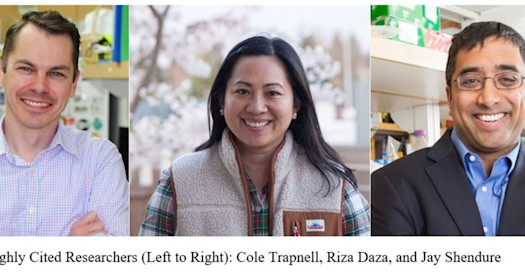 Dr. Kimberly Aldinger
Dr. Kimberly Aldinger
BBI Member Dr. Kimberly Aldinger, assistant professor of Pediatrics in the Division of Genetic Medicine and an adjunct assistant professor of Neurology at the University of Washington. She is also a principal investigator in the Center for Integrative Brain Research at Seattle Children’s Research Institute.
BBI: Thanks for being with us today Dr. Aldinger! Could you first tell us the story of how you got involved in science and in your specific area of research?
Dr. Aldinger: I was always interested in biology in general, and as my schooling and earliest formal training in science progressed, I became fascinated with DNA. I was amazed that these three billion nucleotides could compact into a single cell and store all the information that controls every cell in our body. I was also interested in the brain. I was in Boston at this time. It was a great place to be for people interested in the brain and in genetics.
I started my scientific life at the Whitehead Center for Genome Research during its transition into the Broad Institute. It was an exciting time because 20 years ago, we were first sequencing the human genome. In the lab, I was investigating patient DNA, generally a colorless liquid arrayed into 96-well plates. Colleagues beside me were doing the same thing. The only difference was that my samples originally came from individuals diagnosed with schizophrenia and others came from individuals diagnosed with Type 1 Diabetes. We were in the “association study” phase of genetics, investigating if there was a “p value,” a statistical association between a genetic variant and the disease.
"At the end of the day, you always get down to looking at a gene."
At the end of the day, you always get down to looking at a gene. To look at a gene properly, it’s critical to understand biology to be able to inform whether that particular statistical association falls into a gene that has any plausibility for its relationship with the disease under study. This led me to recognize that there was still a lot to learn about brain development and brain function. That led me to then pursue a Ph.D. in neurobiology in the context of human genetics. The thrust of my career since has been to unite neurobiology and genetics to understand how and why genetic disorders of the brain emerge so we can begin to intervene.
BBI: What has your work focused on since your arrival at Seattle Children’s?
Dr. Aldinger: I wanted to focus on the genetics of neurodevelopment in humans and I had a strong background investigating the cerebellum. At the time, Dr. Bill Dobyns, an expert in human brain malformations, had moved to Seattle Children's Hospital and had a cohort of samples from patients with cerebellar abnormalities that he had accrued over 30 years. In 2009, exome sequencing had started, and in 2012 there hadn't been a specific characterization of patients who have these cerebellar abnormalities in the context of what were, at the time, new sequencing technologies. I came here to be able to leverage that cohort.
BBI: Can you tell us more about how that work has evolved?
Dr. Aldinger: Most of what my research focuses on is looking at cerebellar development and its genetic role in different neurodevelopmental disorders. I have mostly focused on a particular diagnosis called Dandy Walker malformation (DWM) that initiates very early in prenatal development. To identify genes relevant for DWM, we correlated genes identified through exome sequencing in patient DNA with gene expression in the developing cerebellum. Some of the genes we detected in patients are expressed in different neuron types of the cerebellum and others are expressed in endothelial support cells.
My current research focuses on whether genetic effects impact neuron development directly or indirectly to induce these brain changes in patients. In other words, cerebellar issues might arise because of secondary genetic changes in the neurovascular unit or the blood vessels that supply nutrients to support cerebellar neurons vs primary genetic changes in the cerebellar neurons themselves. Changes to the neurovascular bundle could be especially important in very early brain development when the support of early neurons is crucial.
Since many cerebellar syndromes are rare, it is impossible to recruit large enough numbers of patients that are required for genome-wide association studies. We now recognize that each rare disease, of which there are over 7000, affects only small numbers of individuals. Statistical studies aren’t possible in these cases. Instead, deeply understanding the underlying biological mechanism is required to advance therapies.
The strategy we now use is induced pluripotent stem cells to investigate the neurovascular connection. We can engineer the changes we have identified in our patients with cerebellar abnormalities to determine whether or not there is a primary or secondary effect in the vasculature or the neurons themselves.
BBI: Thanks for the examples showing how understanding genetic data is often only as helpful as we understand the underlying biological mechanisms at work in that data.
Check back in soon for more chats with BBI members from our partner institutions. Get an inside view into their work and where they think the field of precision medicine is heading next.


